Natural Air Freshener Magic: DIY Room Sprays and Diffusers
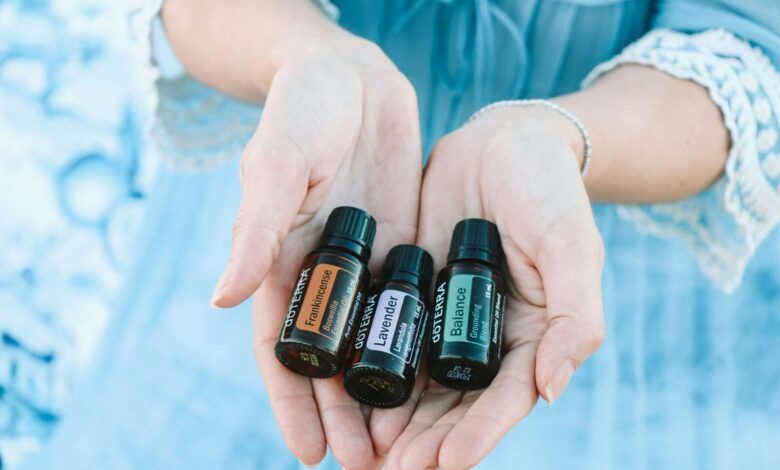
Is your home environment feeling a bit…stale? Do you crave a fresh scent that doesn’t involve harsh chemicals or leave you wondering what mysterious ingredients are lurking in that store-bought spray? Well, fret no more, fellow fragrance enthusiast! Buckle up, because we’re about to embark on a delightful journey into the world of DIY natural air fresheners and diffusers.
Forget the days of synthetic, headache-inducing sprays. We’re talking about harnessing the power of nature’s fragrant bounty – essential oils! These concentrated plant essences boast not only amazing aromas but also potential therapeutic benefits. Imagine a calming lavender mist to soothe your soul after a long day, or an invigorating citrus blend to kickstart your mornings. Sounds pretty darn delightful, right?
This guide is your one-stop shop for creating your own personalized haven of scent. We’ll walk you through everything from understanding the magic of essential oils to whipping up your own custom room sprays and diffusers. Whether you’re a seasoned crafter or a curious newbie, there’s something for everyone in this fragrant adventure. So, grab your favorite essential oils (and maybe a pinch of creativity!), and let’s get started on transforming your home into a haven of natural fragrance!
Unveiling the Mystery: The Power of Essential Oils
A. Nature’s Fragrant Essence
Introduction to Essential Oils
Essential oils are the highly concentrated, volatile, aromatic compounds extracted from plants. These oils capture the plant’s scent and flavor, also known as its “essence.” Each essential oil comes with a unique set of characteristics and benefits, derived from various parts of the plant, such as flowers, leaves, bark, and roots. Lavender, for example, is sourced from the flowers, while eucalyptus oil is extracted from its leaves.
Extraction Methods
- Steam Distillation: This is the most common method for extracting essential oils. Plant material is placed in a distillation apparatus where steam is passed through the plant matter. The steam causes the essential oils to evaporate, and the vapors are condensed back into liquid form.
- Cold Pressing: Often used for citrus oils, this method involves mechanically pressing the plant material to release the oils.
- CO2 Extraction: In this method, carbon dioxide is used as a solvent to extract the essential oils. CO2 extraction is known for producing high-quality oils that closely resemble the original plant’s fragrance.
Historical Use of Essential Oils
Throughout history, essential oils have been used by many cultures for their medicinal, therapeutic, and aromatic properties. Ancient Egyptians utilized essential oils in cosmetics and for embalming. In traditional Chinese and Indian Ayurvedic medicine, essential oils have been used for thousands of years to promote health and well-being. The Greek physician Hippocrates, often called the father of medicine, documented the use of essential oils for therapeutic purposes.
Optional Anecdote
Legend has it that during the Bubonic Plague in Europe, a group of thieves was able to rob the homes of the infected without contracting the disease. When finally caught, they revealed their secret: a blend of essential oils, including clove and rosemary, which they applied to their bodies. This blend is now known as “Thieves Oil,” and is still popular today for its purported immune-boosting properties.
For further reading on the history and extraction methods of essential oils, websites like AromaWeb and Essential Oil Haven provide detailed insights.
B. A Symphony of Scents
Interactive Exploration of Essential Oils
Essential oils come in a vast array of scents, each offering unique benefits and effects on mood and well-being. An interactive element like a clickable infographic or quiz can help readers discover the oils that best suit their needs.
Scent Profiles and Their Effects
- Floral: Oils like lavender, rose, and jasmine are known for their calming and relaxing properties.
- Citrusy: Oils such as lemon, orange, and grapefruit are uplifting and invigorating.
- Woody: Oils like cedarwood, sandalwood, and pine offer grounding and centering effects.
- Herbaceous: Oils such as basil, rosemary, and sage can enhance focus and mental clarity.
- Spicy: Oils like clove, cinnamon, and ginger are warming and stimulating.
Different scents can influence mood and well-being. For instance, lavender is commonly used to promote relaxation and improve sleep, while peppermint can boost energy and enhance focus. Understanding these profiles can help in creating blends that target specific needs.
For more information on the benefits and uses of different essential oils, websites like Tisserand Institute and Young Living offer comprehensive guides.
C. Safety First
Safe Use of Essential Oils
While essential oils can be beneficial, it is crucial to use them safely. Here are some key points to consider:
- Dilution: Always dilute essential oils with a carrier oil (like coconut or jojoba oil) before applying them to the skin. A common dilution ratio is 2-3 drops of essential oil per teaspoon of carrier oil.
- Patch Test: Before using a new essential oil, perform a patch test to check for any skin sensitivities or allergic reactions.
- Inhalation: Use a diffuser to disperse essential oils into the air. Avoid direct inhalation of undiluted oils.
- Storage: Store essential oils in dark glass bottles, away from heat and sunlight, to preserve their potency and extend shelf life.
- Children and Pets: Some essential oils are not safe for use around children and pets. Research each oil’s safety before use.
Potential Issues
- Skin Sensitivity: Some essential oils can cause skin irritation or allergic reactions. It’s important to dilute them properly and test on a small skin area first.
- Respiratory Issues: Overuse of diffusers or direct inhalation of strong oils can lead to respiratory irritation. Use diffusers in well-ventilated areas and follow recommended usage guidelines.
For visuals and more detailed guidelines on the safe use of essential oils, the National Association for Holistic Aromatherapy (NAHA) and Aromatherapy Science provide excellent resources.
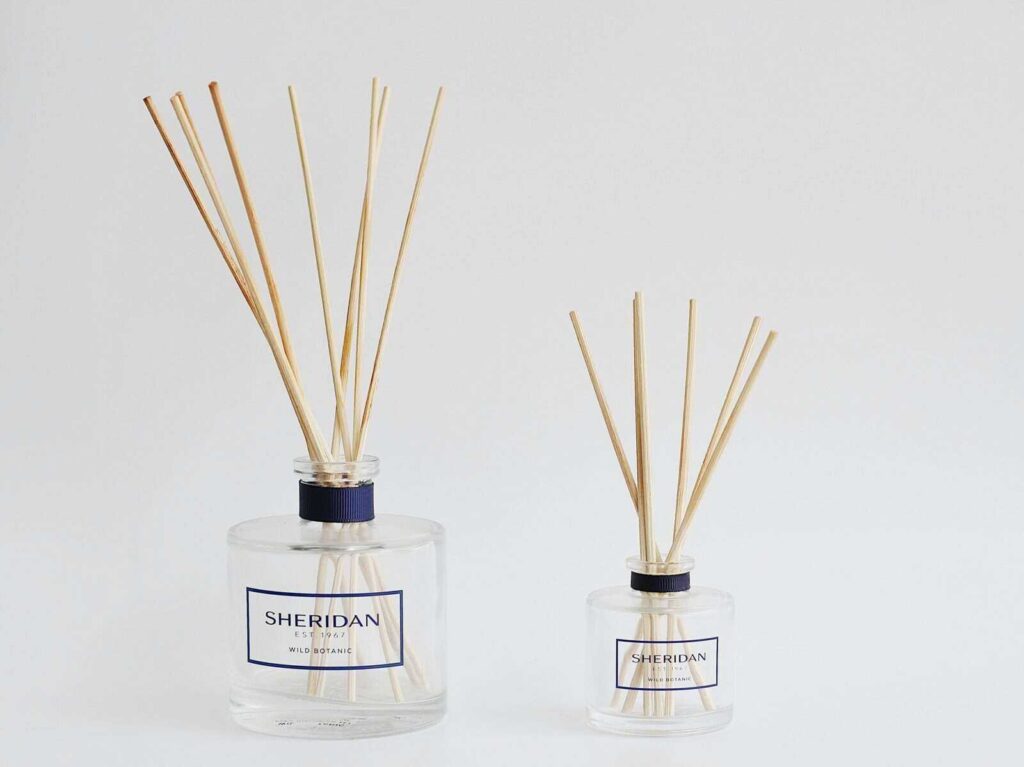
DIY Delight: Room Sprays for Every Mood
A. Blending Your Magic
Creating Custom Room Sprays
Creating your own room sprays allows you to tailor scents to your preferences and needs. Here are some evocative blend ideas:
- Tranquility Time: A calming blend of lavender, chamomile, and cedarwood.
- Morning Boost: An invigorating mix of peppermint, lemon, and rosemary.
- Focus Fusion: A blend of eucalyptus, basil, and bergamot to enhance concentration.
Basic Room Spray Recipe
To create a basic room spray, you will need:
- A 4 oz glass spray bottle
- Distilled water
- Witch hazel or vodka (acts as an emulsifier)
- Essential oils of your choice
Instructions:
- Fill the spray bottle halfway with distilled water.
- Add 1-2 tablespoons of witch hazel or vodka.
- Add 15-20 drops of essential oils.
- Top off the bottle with more distilled water.
- Shake well before each use.
A downloadable recipe card can provide these instructions in a convenient format. Funnels and spray bottles specifically designed for essential oils ensure that the oils are properly dispensed and mixed.
For detailed recipes and more tips, websites like DIY Natural and Wellness Mama offer great resources.
B. Aromatic Adventures: Essential Oil Blends for Different Needs
Variety of Blends
Here are some room spray blend recipes, along with the benefits of each oil:
- Relaxing Blend: Lavender, bergamot, and frankincense. This combination helps to calm the mind and promote relaxation.
- Invigorating Blend: Peppermint, orange, and eucalyptus. This blend is refreshing and can boost energy levels.
- Festive Blend: Cinnamon, clove, and orange. Perfect for creating a warm and cozy atmosphere during the holidays.
Seasonal Blends
Create seasonal blends to match the mood of different times of the year. A downloadable recipe booklet can include blends like:
- Spring Fresh: Lemon, lavender, and peppermint.
- Summer Breeze: Lime, coconut, and vanilla.
- Autumn Warmth: Cinnamon, nutmeg, and clove.
- Winter Wonderland: Pine, cedarwood, and frankincense.
For a broader selection of recipes, websites like The Spruce and Mountain Rose Herbs offer many ideas.
C. Label Love
Importance of Labeling
Proper labeling is crucial for safety and convenience. Labels should include:
- Blend name
- Date of creation
- Dilution ratios
- Safety precautions
Clear labeling helps in identifying the contents and ensures safe use. For printable labels and tips on organizing your DIY room sprays, websites like AromaTools provide useful resources.

Diffuser Delights: Unveiling the World of Diffusers
A. The Science of Scent Diffusion
Types of Essential Oil Diffusers
There are several types of diffusers, each with its own operating principles:
- Ultrasonic Diffusers: Use ultrasonic vibrations to disperse a fine mist of water and essential oils into the air. These are quiet and double as humidifiers.
- Nebulizing Diffusers: Use an air pump to create a fine mist of undiluted essential oils. They are powerful and effective but can be noisy and require more maintenance.
- Reed Diffusers: Use reeds to absorb and release essential oils into the air. They are simple, low-maintenance, and decorative.
Comparison Chart
| Diffuser Type | Pros | Cons |
|---|---|---|
| Ultrasonic Diffuser | Quiet, doubles as a humidifier | Requires water, regular cleaning |
| Nebulizing Diffuser | No dilution, powerful aroma | Noisy, uses more oil, higher maintenance |
| Reed Diffuser | Simple, decorative, no electricity required | Less powerful, needs regular reed flipping |
For a comprehensive guide on different diffusers, websites like Healthline and Good Housekeeping offer detailed comparisons.
B. Diffuser Do’s and Don’ts
Proper Diffuser Usage
Here are some key points for using diffusers effectively:
- Filling Levels: Follow the manufacturer’s guidelines for filling levels. Overfilling can cause malfunction.
- Cleaning: Regularly clean your diffuser to prevent buildup of oils and bacteria. Use a mixture of vinegar and water to clean ultrasonic diffusers.
- Placement: Place diffusers in well-ventilated areas, away from direct sunlight and heat sources.
- Distilled Water: Use distilled water in ultrasonic diffusers to prevent mineral buildup.
- Avoid Over-Diffusing: Limit diffusion to 30-60 minutes at a time to avoid respiratory irritation.
- Child and Pet Safety: Keep diffusers out of reach of children and pets to prevent accidental spills or exposure to strong scents.
For more detailed instructions and maintenance tips, websites like Essential Oil Haven and Revive Essential Oils provide excellent resources.

The Allure and DIY Magic of Reed Diffusers
A. The Alluring Appeal & DIY Simplicity of Reed Diffusers
Introduction to Reed Diffusers
Reed diffusers are a popular choice for those seeking a simple, elegant, and low-maintenance way to add fragrance to their space. They consist of a bottle filled with a mixture of essential oils and a carrier oil, with reeds inserted into the bottle to absorb and diffuse the scent.
Advantages of Reed Diffusers
- Consistent Fragrance Release: Reed diffusers provide a steady, long-lasting release of fragrance.
- Customization Options: You can easily customize the scent by mixing different essential oils.
- Aesthetic Appeal: Reed diffusers add a decorative touch to any room and can be placed anywhere without the need for electricity.
For more information on the benefits and uses of reed diffusers, websites like Diffuser World and Aromatherapy Associates offer comprehensive guides.
B. Blending and Beautification: Creating Your Signature Reed Diffuser
Basic Reed Diffuser Recipe
To create a reed diffuser blend, you will need:
- A glass bottle with a narrow neck
- Reed diffuser sticks
- Fractionated coconut oil or another suitable carrier oil
- Essential oils of your choice
Instructions:
- Fill the bottle with carrier oil, leaving some space at the top.
- Add 20-30 drops of essential oils.
- Insert the reed sticks into the bottle.
- Flip the reeds after a few hours to saturate them with the oil.
Preparing the Reeds
For optimal scent absorption, you can soak the reeds in the oil mixture overnight before using them. This helps to ensure that the fragrance is evenly distributed.
Container Selection
Choose a container that complements your decor. Repurpose decorative bottles or create unique containers from recycled materials like glass jars or vintage bottles. Ensure the container has a narrow neck to slow the evaporation of the oils.
For more tips and a variety of reed diffuser recipes, websites like Hello Glow and The Inspired Room provide excellent resources.
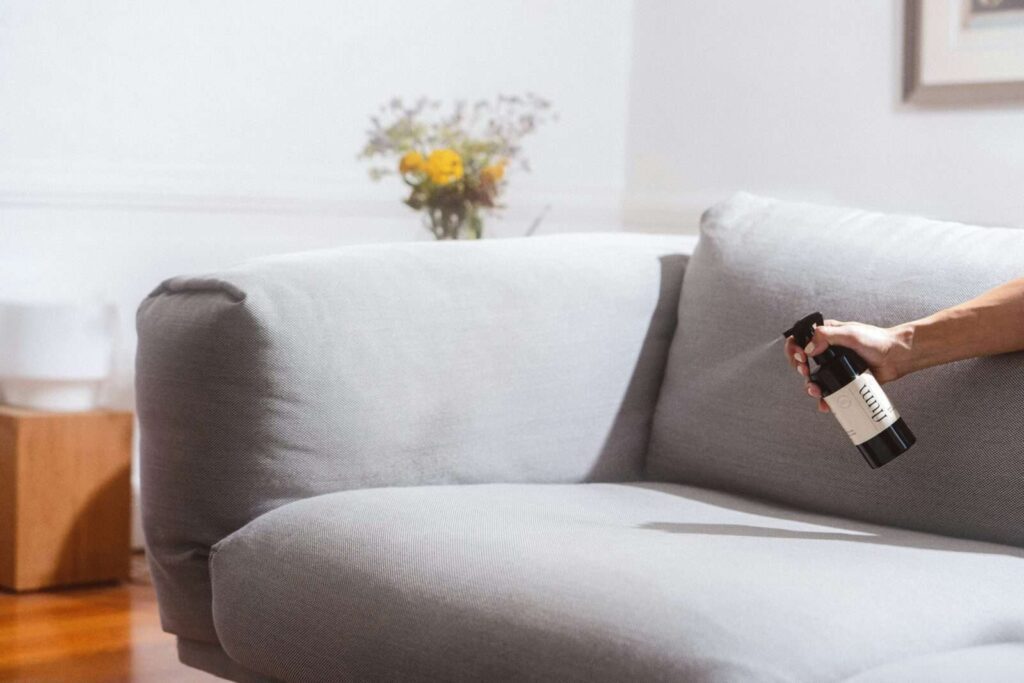
Replenishing the Magic: Refilling and Maintaining Your Diffusers
A. The Art of Refills
Importance of Refilling Diffusers
Regularly refilling diffusers ensures a consistent fragrance and optimal performance. For reed diffusers, this involves adding more essential oil blend to the bottle and flipping the reeds to refresh the scent.
Refilling Reed Diffusers
To refill a reed diffuser:
- Carefully remove the reeds from the bottle.
- Pour out any remaining old oil.
- Clean the bottle with warm soapy water.
- Refill with fresh oil blend and insert new reeds or flip the existing ones.
Refilling Electric Diffusers
For electric diffusers:
- Empty any remaining water and oil mixture.
- Clean the diffuser according to the manufacturer’s instructions.
- Refill with fresh distilled water and essential oil blend.
For more detailed instructions and tips on refilling diffusers, websites like Plant Therapy and Rocky Mountain Oils provide comprehensive guides.
B. Diffuser Maintenance for Long-Lasting Performance
Proper Cleaning and Maintenance
Maintaining your diffusers ensures they last longer and perform optimally. Here are some tips:
- Ultrasonic Diffusers: Clean the water tank and ultrasonic chip regularly with a vinegar-water solution.
- Nebulizing Diffusers: Use rubbing alcohol to clean the glass reservoir and tubing.
- Reed Diffusers: Replace the reeds every few months to maintain strong fragrance diffusion.
Using Distilled Water
In ultrasonic diffusers, using distilled water helps to prevent mineral buildup and prolongs the life of the diffuser.
Cleaning Instructions
For ultrasonic diffusers, clean the components with a mixture of vinegar and water. For stubborn buildup, use a cotton swab dipped in rubbing alcohol.
For detailed cleaning and maintenance tips, websites like Aura Cacia and Edens Garden provide excellent resources.
Troubleshooting Your DIY Journey
A. Room Spray Woes
Common Problems and Solutions
- Weak Fragrance: Adjust the essential oil concentration. Add more drops to the mixture to enhance the scent.
- Clogged Spray Nozzles: Clean the nozzle with a thin wire or soak it in warm water to remove any buildup.
Adjusting Concentrations
Experiment with different essential oil concentrations to find the right balance for your preference. Start with 15-20 drops per 4 oz bottle and adjust as needed.
For more troubleshooting tips, websites like DIY Natural and Wellness Mama offer practical advice.
B. Diffuser Dilemmas
Common Diffuser Issues
- Weak Diffusion: Check the diffuser settings and ensure it’s placed in an open, well-ventilated area.
- Malfunctioning Electronics: Refer to the user manual for troubleshooting tips or contact the manufacturer for assistance.
Cleaning and Maintenance
Regular cleaning and proper maintenance can prevent many common issues. Ensure all parts are clean and free from oil buildup.
For more troubleshooting tips, websites like Essential Oil Haven and Revive Essential Oils provide excellent resources.
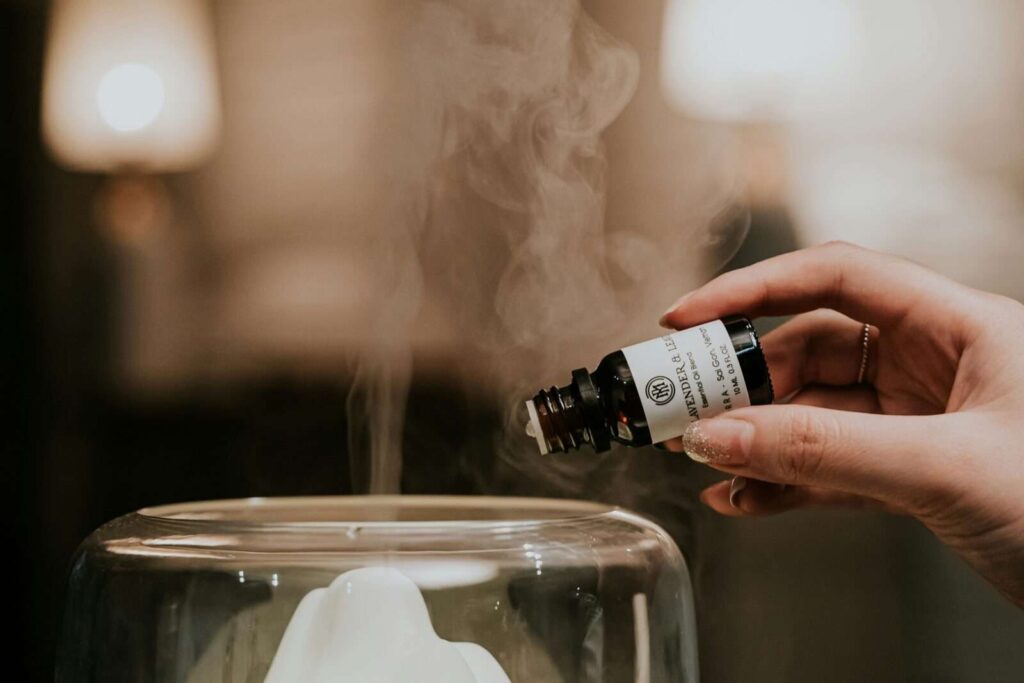
Breathe Easy, Live Well: The Power of Natural Scents
A. Aromatherapy 101
Introduction to Aromatherapy
Aromatherapy is the practice of using essential oils for therapeutic benefits. It can help with relaxation, stress relief, and mood enhancement.
Research Behind Aromatherapy
Studies have shown that essential oils can influence the olfactory system and the limbic system, impacting emotions and well-being. For example, lavender oil has been found to reduce anxiety and improve sleep quality.
Popular Essential Oils
- Lavender: Promotes relaxation and improves sleep.
- Peppermint: Boosts energy and enhances focus.
- Eucalyptus: Clears the airways and supports respiratory health.
For more information on the benefits and uses of essential oils, websites like Aromatherapy Associates and Tisserand Institute provide comprehensive guides.
B. Creating a Calming Home Environment
Natural Cleaning Products
Incorporating essential oils into natural cleaning products can enhance their effectiveness and leave a pleasant scent. For example, adding lemon or tea tree oil to a homemade all-purpose cleaner can provide antibacterial properties.
Scented Candles
Using essential oil-infused candles can create a calming atmosphere. Ensure they are made with natural wax and lead-free wicks for safe burning.
Fragrant Houseplants
Plants like jasmine, lavender, and rosemary not only add beauty to your home but also provide a natural source of fragrance.
Incorporate essential oils into your self-care routine with:
- Aromatherapy Baths: Add a few drops of essential oil to your bathwater for a relaxing soak.
- Massages: Mix essential oils with a carrier oil for a soothing massage.
- Diffusers in Relaxation Areas: Place diffusers in areas where you relax, such as the living room or bedroom.
For more tips on creating a calming home environment, websites like Wellness Mama and DIY Natural offer practical advice.
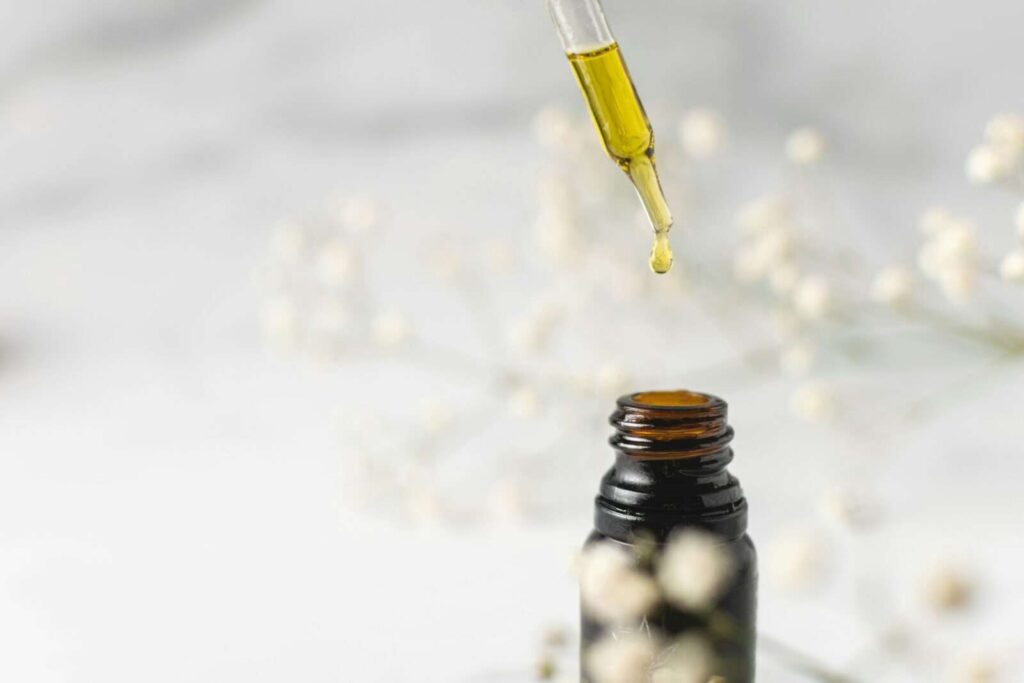
The Final Note: A Celebration of Fragrance and Sustainability
A. Celebrating Your Achievements
Creating your own DIY natural air fresheners and diffusers is a rewarding journey. You’ve taken a step towards a healthier, more sustainable lifestyle.
B. The Power of Choice
Using natural essential oils and DIY options offers numerous benefits compared to store-bought air fresheners, which often contain harmful chemicals. By choosing natural options,
you’re promoting a healthier home environment.
C. A Call to Action
Continue exploring the world of essential oils and natural air freshening. Share your DIY creations with friends and family, and join online communities for idea exchange and inspiration. Websites like Essential Oil Haven and Revive Essential Oils are great places to start.
FAQ: Your DIY Natural Air Freshener Adventure Awaits!
We’ve covered the exciting world of DIY natural air fresheners and diffusers, but you might still have some questions. Fear not, curious crafter! This FAQ section is here to address the top 10 queries that might be swirling in your head. So, let’s dive in and ensure your fragrant journey is smooth sailing!
1. What are essential oils, and where do they come from?
Essential oils are the concentrated aromatic essences extracted from various plants through methods like steam distillation. Think of them as the plant’s “life force” captured in a bottle! Different parts of the plant, like flowers, leaves, or even bark, can be used to obtain these potent oils, each boasting a unique fragrance and potential therapeutic benefits.
2. Is there a difference between “fragrance oil” and “essential oil”?
Absolutely! Essential oils are pure, naturally derived extracts from plants. Fragrance oils, on the other hand, are synthetic concoctions often made from chemicals. While fragrance oils might smell similar, they lack the therapeutic properties of essential oils and can sometimes trigger allergies.
3. How do I choose high-quality essential oils?
Quality matters! Look for essential oils labeled “therapeutic grade” or “100% pure.” Check the brand reputation and source of the oils. Opt for companies that prioritize organic or ethically sourced ingredients. Don’t be afraid to do your research and read reviews before purchasing.
4. Are essential oils safe?
Essential oils are potent, and safety is paramount. Always dilute them with a carrier oil (like jojoba or coconut oil) before applying topically. Avoid direct contact with eyes and mucous membranes. Keep them out of reach of children and pets. If you’re pregnant or have any health concerns, consult a healthcare professional before using essential oils.
5. What are the different types of diffusers?
There are several! Ultrasonic diffusers use vibrations to disperse essential oil mist into the air. Nebulizing diffusers break down essential oils into even finer particles, creating a powerful fragrance. Reed diffusers rely on reeds to absorb and slowly release the essential oil scent. Each type has its pros and cons, so choose the one that best suits your needs and preferences.
6. How long can I run my diffuser?
It depends on the diffuser type and the size of the room. Generally, running your diffuser for 1-2 hours at a time is recommended. Take breaks to avoid oversaturating the air, especially with strong essential oils.
7. My room spray smells weak. What can I do?
There are a few possibilities. First, double-check your dilution ratio. You might need a bit more essential oil in your blend. Second, the quality of your essential oils might be a factor. Consider using a stronger scented oil or a different brand. Lastly, ensure the spray nozzle isn’t clogged. A gentle cleaning with a thin wire might be necessary.
8. My diffuser isn’t putting out much mist. Help!
First, check the water level. Refilling might be all it needs. Some diffusers require regular cleaning to prevent mineral buildup from clogging the mechanism. Consult your diffuser’s manual for specific cleaning instructions. Finally, ensure you’re using the correct type of water – some diffusers require distilled water.
9. Can I use essential oils in my existing store-bought air freshener?
It’s not recommended. Store-bought air fresheners might contain chemicals that could react negatively with essential oils. Additionally, the diffuser mechanism might not be designed to handle the concentrated nature of essential oils.
10. Where can I find more information about essential oils and DIY projects?
The internet is a treasure trove of information! There are countless websites and online communities dedicated to aromatherapy and DIY projects using essential oils. Books and magazines can also be a valuable resource. Remember to be selective and choose credible sources when venturing online.
With these FAQs in your back pocket, you’re well on your way to embarking on a successful DIY natural air freshener adventure. So, unleash your creativity, embrace the wonderful world of essential oils, and get ready to transform your home into a fragrant haven!
Congratulations, intrepid explorer of the olfactory arts! You’ve successfully navigated the world of DIY natural air fresheners and diffusers. Now, you’re the proud owner of a custom-crafted scent experience that not only smells fantastic but is also kind to your health and the environment. Give yourself a well-deserved pat on the back (and maybe a sniff of your creation)!
But our fragrant journey doesn’t end here. Share your masterpieces with friends and family! Gift them a DIY room spray with a personalized label, or introduce them to the calming powers of a lavender reed diffuser. Spread the word about the joys (and therapeutic benefits!) of natural home fragrance. Remember, a little DIY magic goes a long way.
So, keep exploring the world of essential oils. Experiment with different blends, unleash your inner designer with creative diffuser containers, and most importantly, enjoy the process (and the amazing scents!). After all, a happy home is a fragrant home, and you, my friend, are now the architect of that fragrant happiness! With a little creativity and this handy guide, you’ve unlocked the power to transform your living space into a haven of natural aroma and well-being. Now go forth and conquer the olfactory world, one DIY air freshener at a time!




